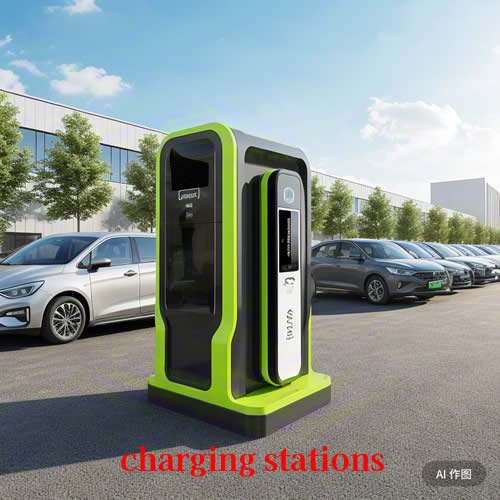-
13822183778@139.com
-
13822183778
What factors influence the price of heavy-duty integrated charging stations?
The price of heavy-duty integrated charging stations is influenced by the following factors:
Power and Technology
- Power Size: The higher the power, the faster the charging speed, and the price is typically higher. For example, a single 320kW heavy-duty integrated charging station costs approximately 50,000 to 80,000 RMB, while a 400kW charging station is priced at over 60,000 RMB in the market.
- Technical Complexity: DC (direct current) charging stations, which are more technically complex and offer faster charging speeds, are commonly used in professional fields like heavy-duty vehicles and are priced higher than AC (alternating current) charging stations. Chargers equipped with advanced features such as intelligent charging management, remote monitoring, and fault diagnosis, which involve higher R&D and production costs, are also more expensive.

Brand and Quality
- Brand Reputation: Well-known brands generally offer better product quality, stability, and after-sales service, resulting in higher prices. Compared to smaller or emerging brands, the price difference can be significant.
- Product Quality: High-quality charging stations use superior materials and components, ensuring greater durability and reliability to meet the frequent charging needs of heavy-duty vehicles, thus commanding a higher price.
Functional Configuration
- Number of Charging Interfaces: Chargers with multiple interfaces can simultaneously charge several heavy-duty vehicles, making them more expensive than single-interface units.
- Intelligent Features: Chargers with smart functions like automatic power recognition, auto-shutoff upon full charge, remote control, and data statistics, which include additional electronic components and software systems, are more costly due to increased production expenses.
Market Supply and Demand and Policies
- Market Supply and Demand: When the demand for heavy-duty integrated charging stations exceeds supply, prices may rise; conversely, an oversupply could lead to price drops.
- Government Policies: Government support for the new energy vehicle and charging infrastructure sectors, such as subsidies and tax incentives, can indirectly affect charger prices. In subsidized areas, users may pay less for purchasing charging stations.
 How long does it take to charge ···
How long does it take to charge ···
 DC Fast Charging CCS type 2 plug
DC Fast Charging CCS type 2 plug
 The high-voltage and high-curren···
The high-voltage and high-curren···


